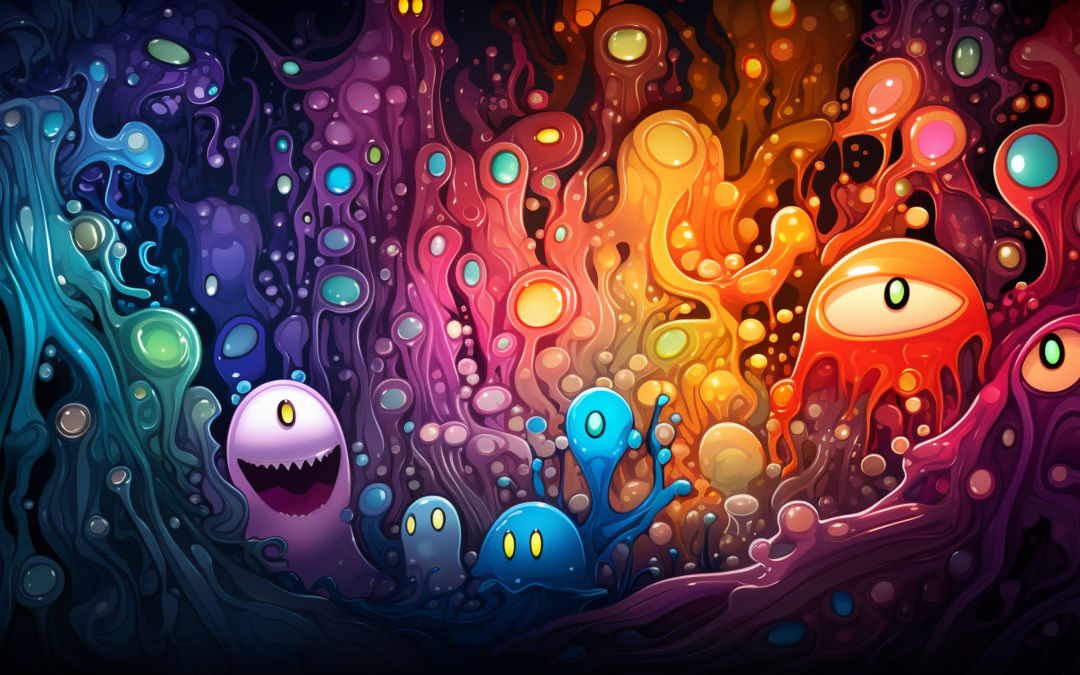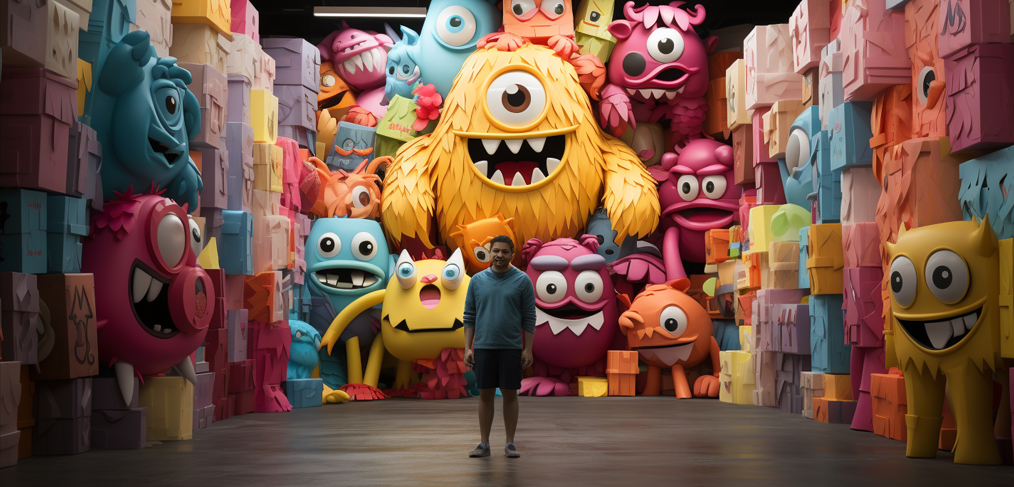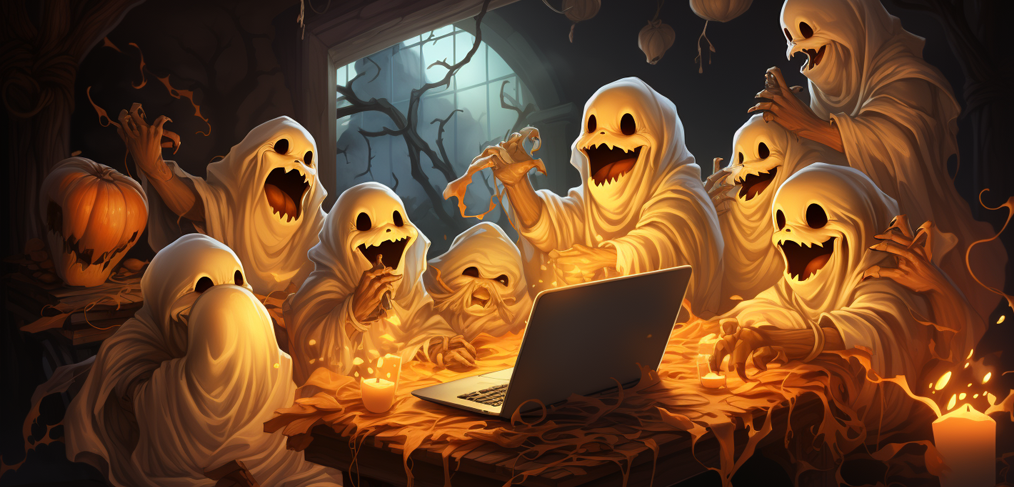Walt Disney created a revolutionary content experience in 1955 when he opened Disneyland. His vision of creating an immersive, interactive world of fun and fantasy changed the face of entertainment forever. Even today, many of his ideas and innovations can be seen in branded content experiences. The parallels between Walt Disney’s original concept for Disneyland and today’s audience content experiences are striking. From groundbreaking attractions to state-of-the-art technology, these parallels illustrate how Disney revolutionized how people consume and engage with content.
- One of the most interesting parallels between Walt Disney’s opening of Disneyland and today’s audience content experience lies in how Disney emphasized the importance of providing an immersive experience for his visitors. Much like how virtual reality is used to immerse viewers in a realistic 3D environment, Walt Disney used animatronics, detailed sets and props, and various other devices to create a vivid world that transported people into a different era and place. Similarly, modern digital content producers strive to create immersive experiences for their viewers through the use of interactive elements and other creative techniques.
- Walt Disney’s original vision for Disneyland was to create a place where families could experience the joy of spending time together while exploring exciting attractions and discovering new worlds. This same idea of bringing people together and providing them with a unique experience is echoed in today’s content experiences, which many companies strive to provide their audiences.
- The theme park design that Walt Disney used for Disneyland was revolutionary at the time, introducing multiple themed lands focused on particular genres such as nature, space exploration, and classic movies. Nowadays, this same concept is employed by companies producing content experiences as they seek to create worlds within their platforms that simulate real-life adventures.
- The emphasis on storytelling is another aspect that binds Walt Disney’s Disneyland debut with contemporary audience content experiences. Walt understood that to truly engage his audience, he needed to craft a narrative with depth and layers; something that would draw people in and keep them returning time after time. This is still true today; many digital creators understand that having an engaging story at the heart of their content is essential for building a loyal fanbase. Content creators leverage powerful technologies such as artificial intelligence (AI) to generate stories from data sources or use cutting-edge cinematic techniques such as computer animation to bring their stories alive.
- The level of detail and intricacy found in Disneyland was highly ambitious for its time and still serves as an inspiration today for any company attempting to produce a content experience for their audience. Companies strive to add subtle layers of detail to their content experiences that make them more engaging and personalized as well as creating meaningful connections between the user and the brand. Interactivity has become key with many content experiences, allowing users to control what they watch or read rather than simply experiencing it passively. By getting customers involved in their own experience, they feel more connected with the product they are investing in, leading to greater customer loyalty over the long term.
- Nothing can be successful without adequate promotion — something else Walt Disney knew all too well — which he proved with his massive marketing campaigns driving up anticipation leading into the grand opening of Disneyland back in 1955. Similarly, companies promoting their online content experiences often employ modern marketing tactics such as influencer endorsements or targeted ad campaigns directed towards specific demographics in order to draw attention from possible audiences before launching their product into the market.
- One of Walt Disney’s main goals when designing Disneyland was to turn it into a multi-day attraction; nowadays companies are also looking for ways to ensure visitors keep coming back for more after experiencing one of their content efforts; this can be done by regularly updating existing material or releasing new add-ons so that users have consistently fresh material available each time they access the platform or service provided by their chosen entertainment provider.
There are numerous parallels between Walt Disney’s approach to designing and marketing Disneyland and today’s modern audience content experiences with brands. From creating immersive environments, emphasizing storytelling at the core of each project, tailoring personalization options for customers based on preferences or interests – all these strategies help bind together past activities from those found in current day audiences’ content experiences.




